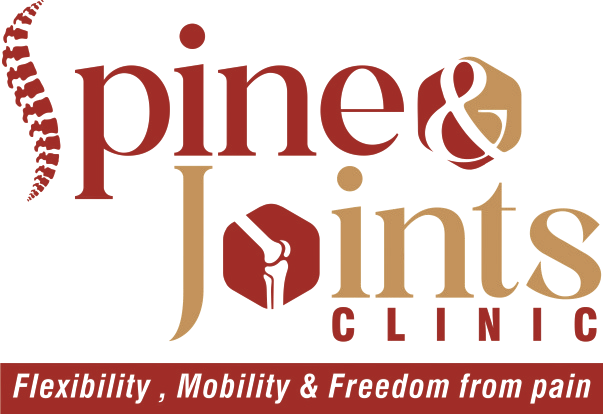Lordosis is the inward curve of the lumbar spine (just above the buttocks). A small degree of lordosis is normal. Too much curving is called Lordosis.

Lordosis tends to make the buttocks appear more prominent. Children with hyperlordosis will have a large space underneath the lower back when lying face up on a hard surface.Some children have marked lordosis, but, most often fixes itself as the child grows. This is called benign juvenile lordosis.
Symptoms
Causes
Causes
Causes:
Treatments
Spine and joint care have a very high success rate in treatingLordosis. This is largely thanks to the fact that we are able to offer our own unique method of therapy, developed specifically by ourselves to provide patients with full treatment for all aspects of their condition
Osteopathy is one of the many techniques that we incorporate into our treatment method,placing an emphasis on the role of the musculoskeletal system in developing a patient’s health.
According to the principals of the treatment, the attention paid to the musculoskeletal system is able to facilitate the recuperative powers of the body, thereby enabling patients to recover from the damage and pain inflicted bylordosis and similar conditions.
The main purpose of incorporating osteopathy into our treatment is to help keep the facet joints mobile and, in turn, to provide relief from the pain experienced by lordosissufferers. This is achieved by applying the holistic approach used in osteopathic therapies, which aims to release restrictions in the spine and surrounding tissues while improving the patient’s posture and proprioception.
As spine and joint care’s dramatic results demonstrate, the use of osteopathy (in combination with other proven treatment techniques) has allowed us to deliver significant, lasting improvements for our patients. Not only does this technique result in improved posture and reduced symptoms, it also successfully delivers an enhanced ease of movement and relief from discomfort.

"Where Traditional Wisdom of Ayurveda Meets Modern Therapeutic Techniques for Optimal Pain and Posture Solutions."
©2022. Spine and Joints Clinic. All Rights Reserved.